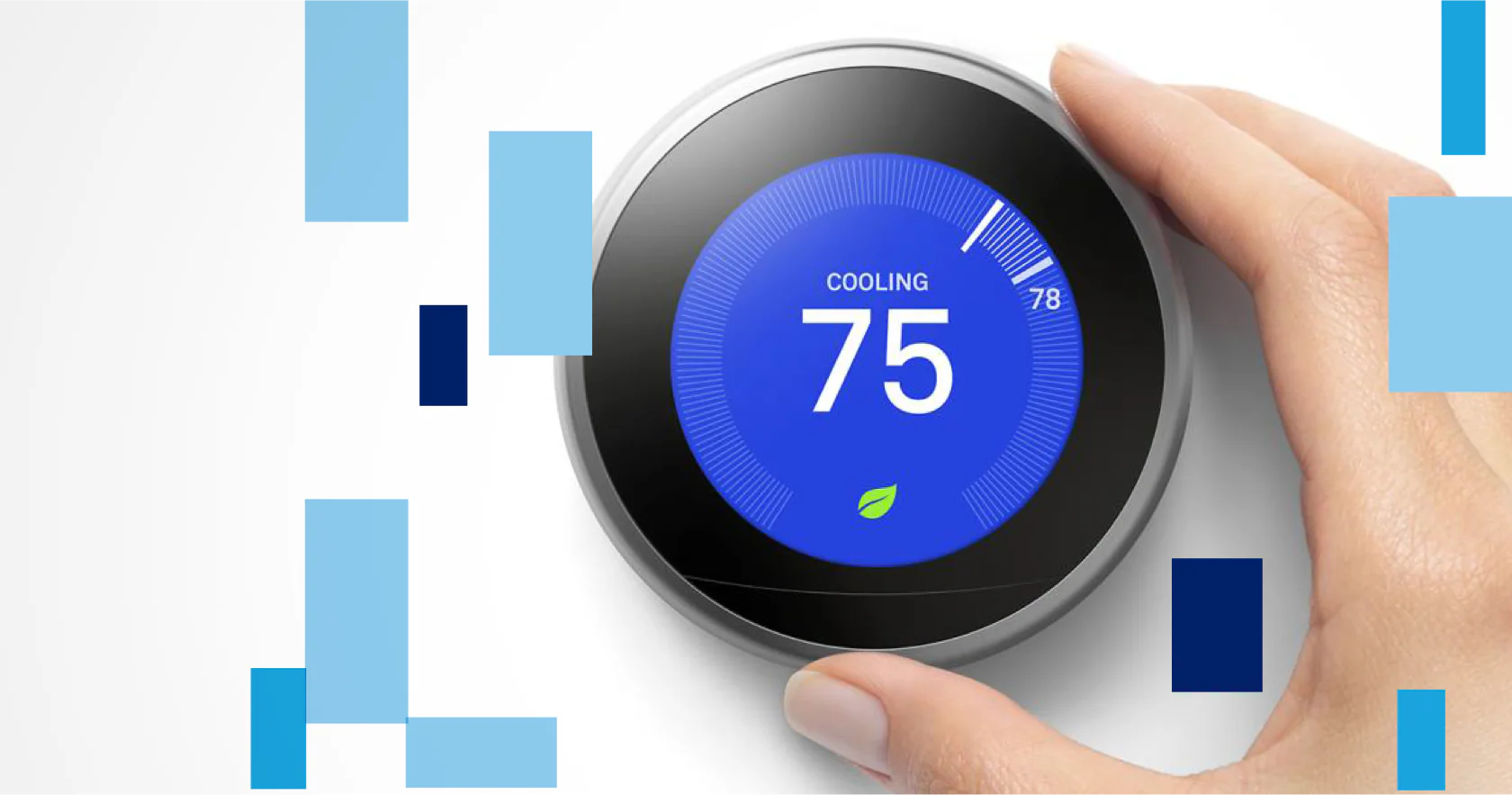Smart thermostats are everywhere – programmable thermostats have been around for a long time. Both units promise to lower your energy bills by changing the temp when you’re at work or home – sleeping or awake. I have set some well-thought-out schedules to save money, and I am not sure those savings ever materialized.
When I moved into this newly constructed home in the spring of 2018, I installed an energy monitor to keep track of energy usage and solar power production. I set my programmable thermostat and started collecting data. Summer was interesting to watch, but that is relatively low on the energy consumption meter because of the insulation of the home and shading of the eastern and southern windows.
Enter heating season. I have a forced air dual fuel system and electric heat pump with gas backup. I noticed my brand-new heating system was having a problem as it got colder. It was running a lot when it shouldn’t be. I contacted my installer, and they suggested not making such significant changes in set temperatures because the heat pump didn’t have the BTUs to quickly change the home’s temperature compared to the old-style gas furnace I was used to. OK, I lowered the temp swings and used the gas backup often.
After three years of collecting data, I still wondered about the heating season. Summer was not an issue – the house was Net Zero from about March to October. Enter the next HVAC person who knew even more about heat pumps. His advice is to set the temperature and not change it by more than 1-2 degrees total throughout the day or pick a temperature and leave it alone. That BTU term surfaced again! You use a lot of energy to heat a home after it cools down over night. For gas furnaces, it’s not a problem. My gas backup is 80,000 BTUs. My heat pump when it’s in the 20s is 4,000 BTUs. It’s not enough to change the temperature quickly, but enough to hold it constant. He also stated that constantly changing temps up and down actually WASTES energy, not save it. What!?!
Game on! I have three years of data. He adjusted the heat pump/gas changeover from 20 to 30 degrees. I set the temp for 70 during the day and 69 at night in December, January, and February. It’s hard to break old habits. For October, November, March, and April, a set 70 degrees, no changing. We set it down lower (winter) or higher (summer) if we are gone for several days, and no one is home.
I’m in the second year of keeping track; here is what I have learned so far. December, January, and February, when I know we are pretty much running on gas, a toss-up. No clear winner. Savings swings 2-8% either way. But in those shoulder months of October, November, March, and April, hands down, keeping that set temp is up to a 40-50% savings winner!
The set temps let the heat pump do its job more efficiently.
However, there is a caveat to this ongoing test. Enter the heat pump expert. My original heat pump system was not correctly sized! It was sized for a warmer climate, and that is why if the changeover between the gas furnace and electric heat pump is set below 30 degrees, it doesn’t work correctly. There are not enough BTUs for the level of insulation of the home in the cold winter months, and the heat pump runs too much, using considerably more energy than if it changes to the gas furnace.
The design of my system was in 2017, and it was installed it in 2018. Six years later, a lot has changed. Heat pumps are becoming more common, and the training has gotten better for the industry.
But there is still a BTU issue; there is no way around it, even with a cold weather system correctly sized. So, when you get that brand-new heat pump installed, keep the temperature a lot more consistent. Your wallet will thank you.
If you have a gas furnace so far I haven’t found any evidence that supports big changes in temps on a daily basis saves any money.
